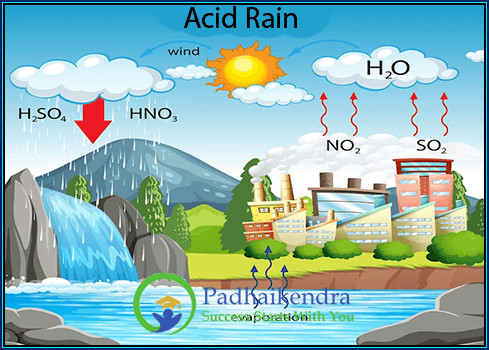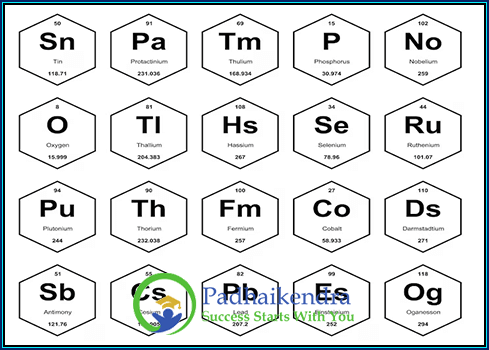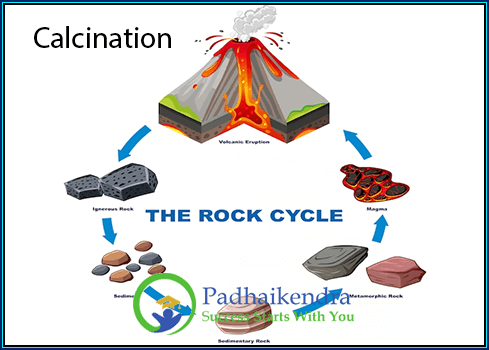Acid rain is a form of precipitation (rain, snow, sleet, or hail) that has a higher-than-normal acidic pH level due to the presence of pollutants in the air. The primary cause of acid rain is the release of Sulfur Dioxide (SO2) and Nitrogen Oxides (NOx) into the atmosphere, usually from human activities such as burning fossil fuels (coal, oil, and gas) for electricity generation, transportation, and industrial processes.
The term “acid rain” was coined by Scottish chemist Robert Angus Smith in 1852 while studying the chemistry of rainwater near industrial towns in England and Scotland. In contrast to clean rain, which is slightly acidic due to the reaction of water and carbon dioxide to form weak carbonic acid, acid rain contains much higher levels of acidity due to the presence of sulfur and nitrogen particles.
Acid Rain Definition
Acid rain is a type of precipitation that contains high levels of acids such as sulfuric acid and nitric acid. These acids are formed when pollutants containing sulfur dioxide and nitrogen oxides are emitted into the atmosphere from sources such as factories, power plants, and vehicles. The emissions are carried by winds and eventually fall to the ground in the form of rain, snow, sleet, or hail.
Forms of Acid Rain
Acid rain can occur in two forms: Wet Deposition and Dry Deposition. Wet deposition is when acidic particles in the air are carried by precipitation and deposited on the earth’s surface. This can occur in the form of rain, snow, or fog. Dry deposition occurs when acid particles and gases settle on the earth’s surface without precipitation, usually through dust and smoke.
Effects of Acid Rain
 Acid rain can have a variety of harmful effects on the environment. It can make soil and water bodies more acidic, which can harm plants, aquatic animals, and other wildlife. It can also damage buildings, monuments, and other structures made of stone or metal. Human health can also be impacted by acid rain, as it can cause respiratory problems and aggravate existing medical conditions. Efforts have been made to reduce the emissions of sulfur dioxide and nitrogen oxides, which has led to some improvement in the severity of acid rain in some areas.
Acid rain can have a variety of harmful effects on the environment. It can make soil and water bodies more acidic, which can harm plants, aquatic animals, and other wildlife. It can also damage buildings, monuments, and other structures made of stone or metal. Human health can also be impacted by acid rain, as it can cause respiratory problems and aggravate existing medical conditions. Efforts have been made to reduce the emissions of sulfur dioxide and nitrogen oxides, which has led to some improvement in the severity of acid rain in some areas.
The effects of Acid Rain on the Environment and on human health can be studied as-
Damage to plant life: Acid rain has a harmful effect on plant life. The acid in the rain damages the leaves of plants and trees, making them more susceptible to disease and pests. This can lead to reduced crop yields and damage to forests.
Acidification of water bodies: Acid rain can make lakes, rivers, and streams more acidic. This can have harmful effects on aquatic life, such as fish and other organisms, and can also reduce the quality of drinking water.
Damage to buildings and monuments: The acid in the rain can corrode and damage buildings and monuments made of limestone, marble, and other materials.
 Air pollution: Acid rain is a form of air pollution, and it contributes to the overall problem of poor air quality. This can lead to respiratory problems and other health issues.
Air pollution: Acid rain is a form of air pollution, and it contributes to the overall problem of poor air quality. This can lead to respiratory problems and other health issues.
Soil degradation: Acid rain can also cause soil degradation, making it more difficult for plants to grow and reducing soil fertility.
Damage to infrastructure: Acid rain can corrode and damage infrastructure such as bridges, roads, and pipelines, leading to costly repairs and maintenance.
Causes of Acid Rain
Acid rain is caused by the presence of highly acidic water droplets, which result from air emissions of disproportionate levels of sulfur and nitrogen. These emissions primarily come from human activities, such as the burning of fossil fuels and improper waste disposal. However, natural causes such as lightning strikes and volcanic eruptions can also release nitrogen oxides and sulfur oxides, which contribute to the formation of acid rain.
Prevention of Acid Rain
While controlling emissions of oxides of nitrogen and sulfur is a key factor in reducing acid rain, there are other precautions that can be taken as well. For example, using alternative energy sources such as solar or wind power, reducing energy consumption through energy-efficient practices, and practicing responsible waste disposal can also help reduce the production of acid rain.
It is true that acid rain can have harmful effects on the environment and human-made structures. The acidity can harm aquatic life, damage crops, and forests, and erode buildings and monuments. Acid rain also contributes to the formation of smog, which can cause respiratory problems for humans and animals.
As responsible citizens, we can do our part to help reduce the impact of acid rain by making environmentally conscious choices in our daily lives, supporting legislation that promotes sustainable practices, and holding companies accountable for their emissions.





